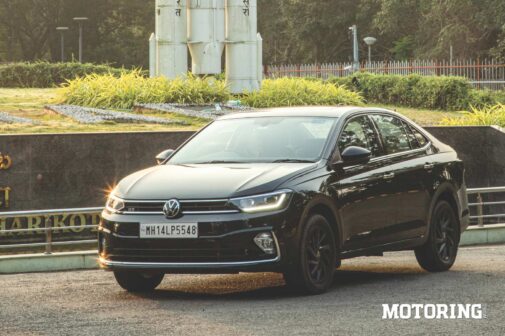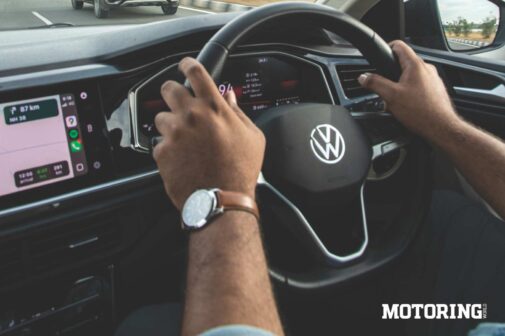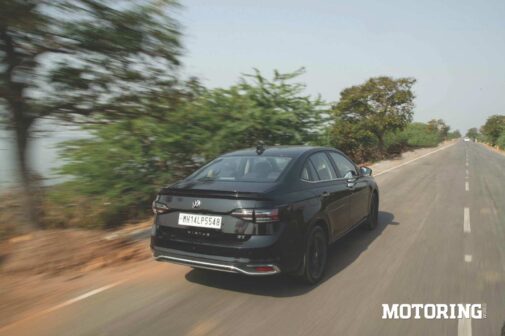The Virtus story is symbolic of rebellion against the tide of conformity. It dared to be a sedan when the SUV was the prevailing flavour of the season and it defined just why the silhouette it carves will eternally be the best representation of a discerning taste.
Of course, the automotive world has brewed an irrational fascination for high riding SUVs but, even just in theory, it could never be a substitute for the sedan, a class of vehicle the Volkswagen Virtus elegantly championed since its launch three years ago. Sleek, with its finessed architecture and contemporary edges, the Virtus sure made a lasting impression even just at first glimpse. It’s sporty and purposeful, all at once. Or you could just call it timeless.
The Virtus indeed has emerged as a beautifully defiant statement. It is a testament to the fact that the sedan, in all its svelte and refined glory, is not only alive but thriving. Its success is a powerful narrative of a classic body form proving its enduring relevance. While countless manufacturers scrambled to fill their portfolios with high riding machines, Volkswagen held fast to its core philosophy of German engineering excellence, dynamic performance and timeless design. The result was a car for those who looked beyond fleeting trends. These were the drivers who valued the elegant silhouette of a well-proportioned sedan, the visceral thrill of a lower center of gravity, and the pure joy of a vehicle built for the road, not just for practicality.
Understandably, the Virtus has unanimously emerged as a statement of distinction, a subtle yet powerful declaration for those who believe — and indulge — in the art of driving. Built on the robust MQB A0 IN platform, the Virtus is more than just a head-turning sedan; it is a masterclass in adaptability. India’s diverse and often challenging geography — from the snowy mountain passes to the expanse of arid desert regions and, of course, the relentless downpours of the monsoon season — demands a car that is truly built for all seasons. Having driven the Virtus through each of these situations, we can comfortably vouch for it. Incredibly, it rises to such challenges with ease, with its ground clearance and build quality that inspires confidence, allowing it to navigate rough terrain effortlessly while maintaining its composed demeanor. This is a car that doesn’t just look good in the city; it is a steadfast companion on any adventure, no matter the weather.
The performance credentials of the Virtus are equally compelling. With its four high-performance powertrain options, it offers a driving experience that is both exhilarating and precise. The sedan’s inherent design allows for superior handling, cornering with an agility that’s beyond the threshold of your average SUV. This is a car that responds to driver input with a directness and feedback that forges an unwavering connection between man and machine. It is this fundamental focus on driving dynamics that sets the Virtus apart, making even mere commutes seem like a transformational, engaging drive experience.
This unwavering commitment to performance, build quality, and timeless design has translated into tangible success. The Virtus commands well over a third of its segment’s market share, a remarkable feat in an environment that has seen many of its rivals falter. Its popularity isn’t just about a strong sales chart; it’s about a movement. Owning a Virtus today is a statement of rebellion — a conscious decision to break free from the shackles of SUV conformity and embrace the quintessential form that cars were originally meant to be. Sedans are faster, handle better and look much sleeker. They aren’t just about mobility either; they’re about making a subtle yet powerful statement — of style, sophistication and of an evolved state of mind.



















